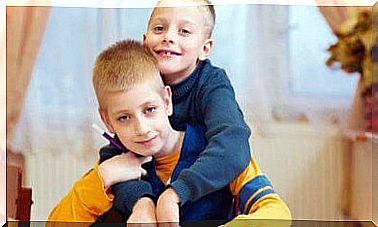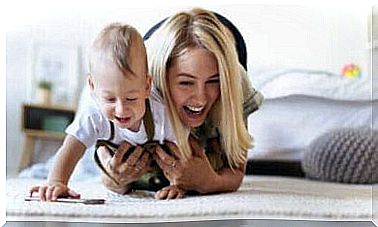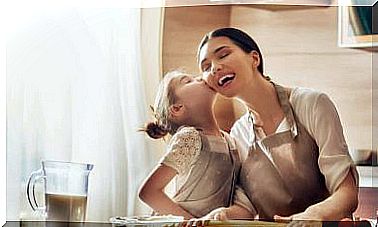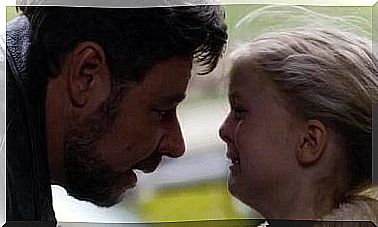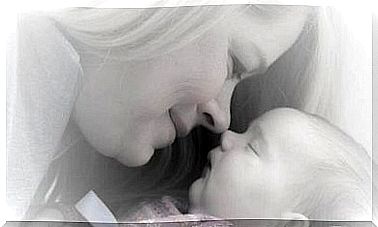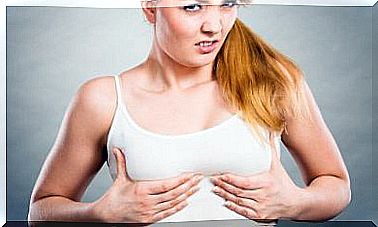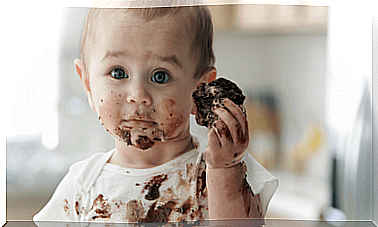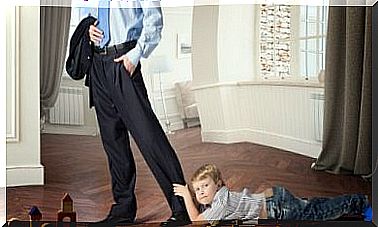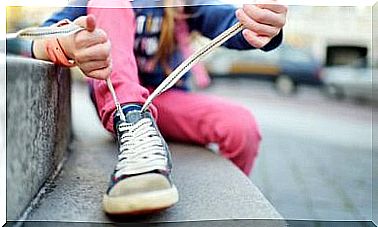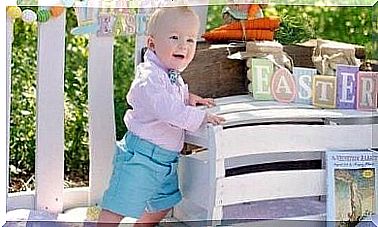Guillour Method For Improving Children’s Concentration
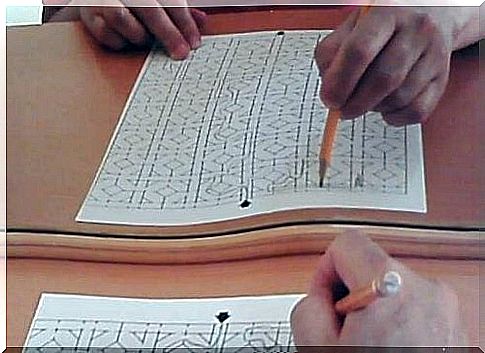
The Guillour method improves children’s ability to concentrate through a variety of exercises while promoting spatial perception and eye-hand coordination.
Some children perform line-drawing exercises that require reproduction quickly and without detaching their gaze from the task. Other children, on the other hand, spend more time at work, as even the slightest distraction distracts them. The Guillour method, which improves the ability to concentrate and is based on observing things through a mirror, can be a useful help for such children.
This method utilizes structural exercises that are completed and reproduced with lines. Sometimes the child is asked to draw in the same direction he sees in the mirror, and sometimes he has to draw in the opposite direction. In some exercises, the child has to find a way out of the maze without moving his gaze out of the mirror.
Continue reading to learn more about this interesting and effective method.
What does the Guillour method entail?
These exercises, solved with lines and copies, are performed in front of a mirror. The participant in the exercise copies or reproduces the drawing they see in the mirror instead of looking directly at the drawing.
This requires the child to focus on symmetry and spatial proportions. In addition, it forces the child to focus on the small details of the picture. To complete the exercise, the child must reproduce the shape or shapes they see in the mirror, look for latent patterns, or reproduce routes.
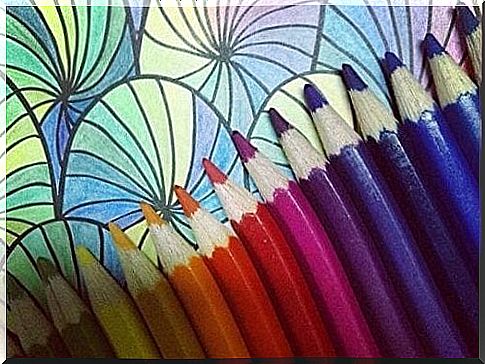
Benefits of the Guillour method
- Helps the child by stimulating the hemispheres of the brain, as the child must use both hemispheres of the brain at the same time to complete the tasks.
- Enhances the connection between the nervous system and the brain.
- Reproduction techniques improve a child’s eye-hand coordination.
- Because the child looks at the image through a mirror and then reproduces it on the priests, this method develops concentration processes.
- The Guillour method improves perceptual abilities.
- A child’s problem-solving skills improve with broader logical thinking.
- Raises the child’s self-esteem.
- Reduces anxiety.
- Improves concentration.
- Improves school grades.
Attention and hemisphere function
When we manage to focus on something, our focus is on exactly one thing. In this process, both hemispheres of the brain are active.
The left hemisphere is responsible for logical, analytical, and verbal functions. The right hemisphere controls nonverbal, spatial, and analogous tasks.
The exercises in this method are structural and are designed to raise levels of concentration and support the interconnection of the hemispheres of the brain . This in turn helps to lower anxiety.
In addition to this, they stimulate psychomotor abilities, as completing exercises requires variations in manual functions.
Other methods to increase children’s ability to concentrate
In addition to the Guillour method, there are other methods that help increase children’s ability to concentrate:
- Bricks or Patterns: This refers to a game where you count squares and pay attention to small details. A participant in the game may also be asked to repeat a brick pattern or copy a mirror image of it.
- Crossword puzzles, word searches, etc. are similar: These are great activities to help children focus and develop patience.
- Puzzles and Finding Differences: These games are fun for both kids and adults. Puzzles help children find solutions and practice drawing conclusions. Finding differences between two or more images helps children focus on the small details.
- Domino: A classic game with a variety of benefits. Combining similar images develops a child’s strategic performance.
- Memory Game: Just as the name of this popular childhood game suggests, this game puts a child’s memory to work. In addition, it also improves the ability to concentrate. Memory game cards can be used in many ways. For example, a child may try to remember the locations of the cards before they are turned over. Or, the kids can start the game with the cards face up and turn the two cards up alternately and try to form pairs.
- Mazes: Finding an exit from a maze may seem easy, but it often comes to a point where things get difficult. This is a great way to practice patience. Mazes also help children test their ability to draw conclusions.
- Drawing and coloring mandalas: An ideal activity for restless and lively children. Mandalas require patience, concentration, and effort. Utilizing art to improve concentration is a wise act.
Who benefits from the Guillour method?
This method is especially useful for children with ADD or ADHD (Attention Deficit Disorder or Attention Deficit Hyperactivity Disorder). It is also a great tool for patients who have suffered brain damage.
However, the method is generally fully functional for anyone who wants to increase their ability to concentrate. These exercises can be done by both children and adults.
Guillour method exercises should be performed slowly. In other words, the child should first spend some time looking at the image in the mirror. After that, he should perform the task carefully and thoughtfully.
When a child crosses the lines with his finger or pen, he then focuses better on what he is doing.
It is always a good idea to start using this method as soon as you notice learning difficulties in your child. The sooner you start stimulating your child, the faster you will also see results.
Recommended exercise
The best-known Guillour method exercise consists of putting transparent paper on a task paper on a table. A mirror is also placed on the table in front of the paper. Instead of the child looking at this task paper, he looks in the mirror at his own reflection.
The participant reproduces the outlines of the patterns on the task paper using pencils of different colors. The child goes through the sections with his left index finger, while paying attention to the pictures.
He underlines and circles images that are similar to each other. Left-handed children do the opposite and reproduce the patterns with their right hand, and circle or underline on the left.
